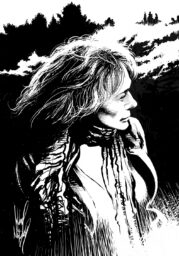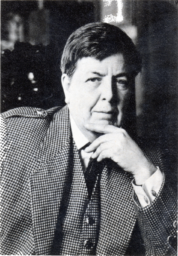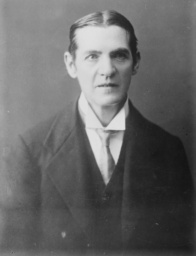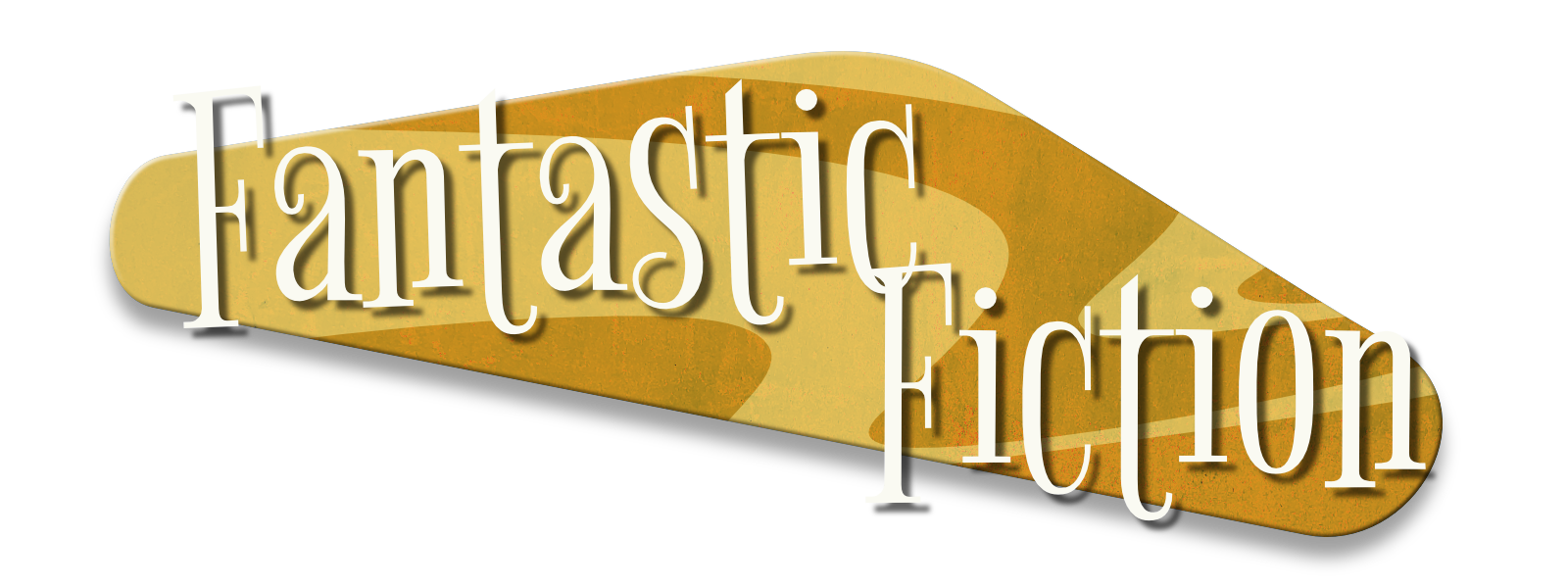Fantastic Fiction welcomes this guest column from Cheryl Morgan, four-time Hugo Award winning writer and editor.

Ask anyone who was the first trans person to win a Hugo Award and they will probably say “Charlie Jane Anders.” She has five now, all well-deserved, and the first was way back in 2012. I won my first (for best fanzine) in 2004, but I wasn’t out then. I think my 2009 win (fan writer) is probably the first by an out trans person, but I wasn’t the first trans winner, not by a long shot.
We could also look at the World Fantasy Awards. Rachel Pollack won best novel in 1996 for Godmother Night, and the Arthur C. Clarke Award in 1988 for Unquenchable Fire. Pollack was very out. She created Coagula, a trans woman superhero, for DC’s Doom Patrol. She was heavily involved in trans activism when she lived in the UK.
A close friend of Pollack’s from those days is Roz Kaveney. Her recent fantasy series, Rhapsody of Blood, is heavy on the queer content and worth a look, but she has been working in the genre for a long time. Kaveney was part of the Midnight Rose collective which published a number of shared world anthologies in the 1990s. She was also briefly editor of Interzone in the 1980s.

Pollack wasn’t the first trans person to win a World Fantasy Award. Jeffrey Catherine Jones won best artist in 1986. Editor Donald Wolheim, now known to be an enthusiastic cross-dresser, won a special convention award at Word Fantasy in 1985, and a similar award from Worldcon in 1975. Jessica Amanda Salmonson won World Fantasy’s best anthology award (for a book called Amazons!) in 1980.
Mention of Jones brings us back to the Hugos. Jones was a close friend of Vaughn Bodé, who won best fan artist way back in 1969. As far as I know, Bodé was never openly trans, but he did cross-dress and took female hormones for a short period.
Further back in time, trans people had to be so secretive that those who might have wanted to transition may not have known that they could. Reading Julie Phillips’ biography of Alice Sheldon, a.k.a. James Tiptree Jr., I wondered whether Sheldon might have identified as trans, had she known that it was an option. The first known example of medical transition by a trans man in the U.S. is Dr. Alan Hart, who started his journey back in 1917. But such things were always kept well under the radar.

Meanwhile, in the U.K., Nicholas Stuart Gray was developing a successful career as a writer of children’s fiction. Gray had been working as an actress in the 1930s, but took advantage of World War II to transition socially. He wrote a number of plays and novels for children. There was a strong fantasy element to them. A Wind from Nowhere even has a dragon on the cover. Gray’s trans identity was a closely guarded secret until very recently, when some sleuthing and a check of his death certificate revealed the comment, “*NB Sex Change 1959.”
Gray transitioned socially in around 1939, but apparently did not do so medically until 1959. Presumably he too was unaware of the possibilities. Alan Hart’s transition was initially just a mastectomy and hysterectomy. The first known case of transmasculine genital surgery was that of Dr. Michael Dillon. Like Gray, he took advantage of World War II to transition socially, but chance led him both to experimenting with testosterone and to a friendship with the pioneering plastic surgeon, Sir Harold Gilles. Dillon later wrote a book, Self, about the trans experience, and Gray may well have read it.
Gray’s books are now almost all out of print, which is a great shame. He has been cited as an influence by many modern fantasy authors, including Garth Nix and Neil Gaiman. After Gaiman’s appearance at the Tolkien Lecture on Fantasy Literature in Oxford in 2024, I ended up chatting to one of the other guests who was an editor for a major publishing house. She was very keen on bringing Gray’s books back. What effect the recent allegations about Gaiman’s private life will have on publisher interest in a cause he has championed remains to be seen.

Trans authors existed before Magnus Hirschfeld’s famous Berlin clinic and the start of medical gender transition. One example is Irene Clyde, the alter ego of English lawyer, Thomas Baty. In 1911 Clyde, together with several women from the London Society for Women’s Suffrage, founded the Aëthnic Union, an organisation dedicated to freeing society from the constraints of gender. The Union published a radical feminist journal called Urania. Clyde was one of the editors. Before that, Clyde had published a novel. Beatrice the Sixteenth tells of a time traveller, Mary Hatherley, who discovers a lost world called Ameria which has a post-gender society. The language spoken in Ameria has no grammatical genders, though the title of the novel refers to the Queen of Ameria. While the book was undoubtedly revolutionary in its time, like Thomas More’s original novel, it presents a utopia in which slavery is legal.
I’d like to end with one of the most famous names in science fiction: Robert A. Heinlein. His I Will Fear No Evil features a rich old man who has a brain transplant to save him from death. The best available body at the time is that of his recently murdered PA, Eunice. By miraculous means, the young woman’s soul somehow manages to stay present in the body, and she tutors her former boss in the ways of women. This is remarkably similar to a form of trans literature known as “forced feminisation,” in which the hero is forced to dress and behave as a woman, and discovers that this is the best thing ever. Given that he knew Wolheim well, Heinlein may well have come across this genre. And given the amount of gender-swapping in his novels and the favourable mention of trans people in Friday, he might even have had an interest in the subject himself.


There’s also Billy Martin (who writes as Poppy Z. Brite) and Caitlín R. Kiernan, both highly regarded authors who’ve been writing regularly since the early 1990s.